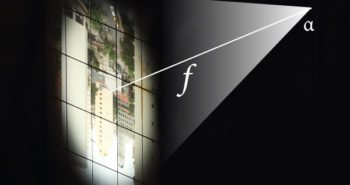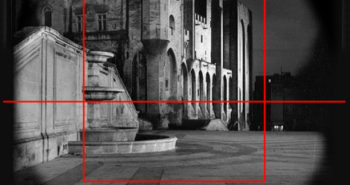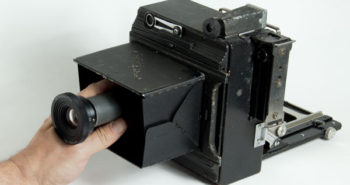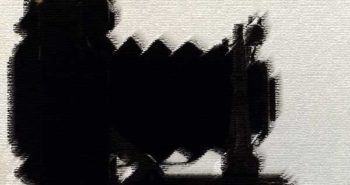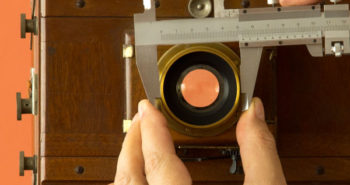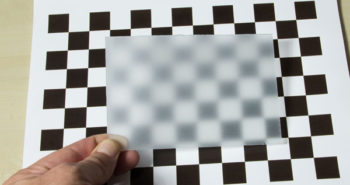Result is presented in degrees.
For a given lens and given film or sensor format, this simulator shows how much it is possible a front raise and where the horizon line will end up in the final picture. Focusing is assumed to be at, or closer to, infinity, a frequently used condition for a landscape. Observations: 1 – The...
Refraction Refraction is a phenomenon of waves changing direction when passing from one medium to another. In a photographic lens that is the case when passing from air to glass and again from glass to air. It occurs also when passing from one type of glass to a different one. They are not all the...
Evaluates image circle diameter for a given angle of view and focal length. Result is presented with the same unit you used for focal length.
Use this calculator to find out what is the minimum image circle your lens must provide in order to cover a certain film format.
How it works: You enter the focal length of your lens, film or digital sensor dimensions and the approximate size of your subject. The simulator shows in value and graphically the following corresponding information: the distance you must place your lens from the subject the image circle and angle...
Quite often we want to check focus more carefully in a view camera . To do that, the obvious idea, goes about using something that enlarges the projected image allowing for more precision than with bare eyes to inspect image’s sharpness. Three problems generally arise when using common loupes...
A digital file is like a score for an image to be automatically played on a printer. Otherwise, a digital print is as material as any silver gelatin picture.
A photographic lens' focal length has no direct relationship to the angle of view, or determining whether it is a wide-angle or telephoto lens. Read this article and understand what focal length, angle of view and image circle really are.
It allows plenty of good insights the exhibition, Retrato Popular, do vernáculo ao espetáculo, (Popular Portrait, from vernacular to spectacle) on show at SESC Belenzinho – São Paulo, since May 6 and ending July 31, 2016. First by providing an encounter of popular art, that is made for...
Article explains a method for evaluating lens aperture without dismantling the lens. It can be also the basis for calculating diaphragm diameters for Waterhouse stops according to a desired apertures scale.
If you ever gave up about a camera because of missing or broken ground-glass you will regret about it after reading this post. It is very easy to produce a high quality ground-glass for replacement or for a new project for a large-format camera. Nowadays when old processes, old lenses and cameras...
